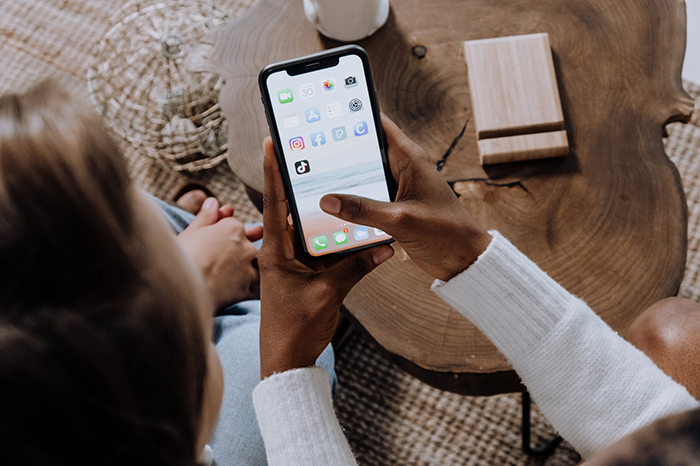Being a freelance graphic designer
Working freelance is all about freedom. As a freelance graphic designer, you get to be your own boss and set up your own schedule. Most importantly, as an artist, you work on projects that you advocate for, support, care about, or simply like.
However, as a freelance graphic designer, you should have a specific set of skills – both technical and creative. In other words, it’s not easy to become a freelance graphic designer if you’re not prepared.
A degree is not necessary to start a career in graphic design. You can learn graphic design online by watching and reading design tutorials. Still, some artists choose to get a bachelor’s or associate’s degree in graphic design.
Design schools not only teach technical and creative stuff but also the business side of designing. And if you didn’t know this, there’s a lot you don’t know about being a freelance designer.
Before venturing into the unknown, it’s best to equip yourself with the trade’s little secrets. Here’s what you should know about being a freelance graphic designer before actually becoming one.
#1 You need to learn a lot about graphic design
Although you have the background and knowledge about basic graphic design, there are still a few tools that can help advance your career.
To become a successful freelance graphic designer, you should know the right software and applications to use to bring your designs to life. Keep your skills – both technical and creative – always updated.
#2 Being a freelance graphic designer: You should build up your name
First, create your design portfolio. Considering you’re just starting, you don’t have a list of past works that you can feature. The best solution is to create your own designs and include it in your portfolio.
Use your portfolio when meeting with prospective clients. You can’t get new clients right away, but you can offer your free service in exchange for exposure, or a low price won’t hurt. You can design for hobby clubs, non-profits, or religious organizations, and include your work for them in your portfolio.
#3 Clients will have unrealistic expectations
As an artist, you have a vision in your head of how your work of art is going to unfold. Unfortunately, clients are mostly unaware of this.
Always remember that although the client is paying, they are not necessarily always right. The solution to this problem is to have clear communication with your client before a job order is even started.
#4 You can’t work on all projects presented to you
This is simply because a client-designer relationship is important. If you can’t agree on anything right from the start, reject the project. It will not end well if it pushes through.
#5 Your priority is the end-user
Although it is the client who provides the design details, your priority should always be the end-user. How will they use or interact with the end-product? To best answer, this question, ask your client about what type of clients their company has.
After creating your work, however, remember that the product is now the property of the client. They can change it even without your permission.
#6 You will have to collaborate
The majority of artists design their work on their own. However, graphic designers create art for clients. Thus, you should be prepared to collaborate with other people and not just artists.
Companies often have their own marketing and sales team who knows what designs are needed for their collaterals. You will have to work with them.
#7 You should ask for a deposit first
Unfortunately, many clients think that graphic design should be free. Don’t work with a customer who thinks that way. Work with someone who offers an advance deposit of your work, or asks for it.
#8 You will have to decline clients at some point
Not because you don’t agree with them, but because there are other projects you’re working on. Don’t ruin your reputation by taking too many projects that you can’t handle. Practice good work ethics.
#9 You still have many career choices
Being a graphic designer is not the end of the line. With enough experience and an elaborate portfolio, you can also become a UX designer, web designer, layout artist, animator, illustrator, and all the other design-related jobs you can think of.
#10 You will be bored
Yes, part of being a freelance graphic designer is embracing freedom from the corporate world. However, there will be times when you will have to work on boring projects – ones that you don’t like or care about.
Being a freelance graphic designer: Afterword
Now that you know these little secrets, it’s time to reflect and ask yourself whether being a graphic designer is still for you or not. There are pros and cons to everything and going freelance is no exception.







